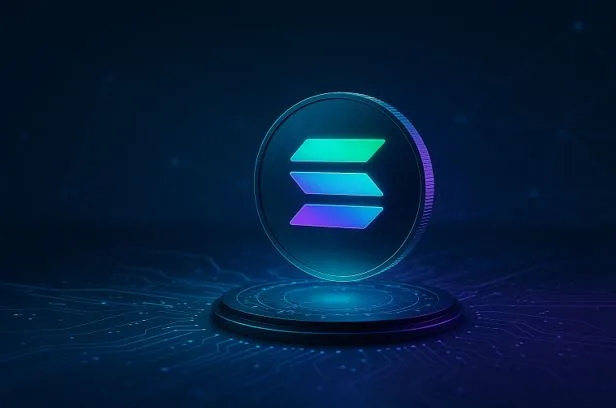Energy That Thinks Ahead: Getting Wise About Your Power Choices
Power bills have a way of creeping up. Discounts change, fine print shifts, and the plan that felt tidy last winter may not fit now. A clearer path is possible. In this piece, we walk through what makes red energy worth a closer look, how to compare offers without the noise, and where cleaner choices might slot in. The tone is practical. The goal is a decision you can explain at the breakfast table and still feel positive about in the next quarter.
Energy Tariffs Decoded: Choose the Right One
When comparing retailers like Red Energy, understanding tariffs helps you pick a deal that suits your lifestyle. Here’s a breakdown:
- Flat‑rate tariff: One price for each kilowatt‑hour (kWh), regardless of when you use it. This tariff is simple, predictable, and beneficial if your usage is fairly consistent.
- Time‑of‑use (TOU) tariff: Rates change by time of day (for example, cheaper at night and pricier in peak hours). Works if you shift major usage to off‑peak times.
- Fixed‑term tariff: You lock in a rate for a set period, which may offer stability but may limit flexibility if the market falls.
- Variable tariff: Rates may go up or down depending on market or retailer pricing. It could be beneficial if prices drop, yet it adds budget uncertainty.
- Green/renewable tariff: Offers accredited renewable energy content or offsets. If you care about a clean supply, check how it is certified.
By lining up your usage profile against these, you can check if Red Energy’s offer is a fit—for example, if your household uses most energy after work or early morning, TOU might help; if usage is even, a flat‑rate may be simpler.
How To Compare Without Getting Lost
Start with the government tools. Energy Made Easy shows plans for NSW, QLD, SA, TAS, and the ACT, with a clean read on fees and benefit periods. In Victoria, the state’s comparator and the Victorian Default Offer give a local baseline. These references help you test any retailer’s pitch, including Red’s, against a neutral yardstick before you sign. Five minutes here saves headaches later. You must have your options clear in your mind before proceeding.
The Reference Price Is Your Guide
In DMO states, retailers must show how a market plan compares to the reference price, which acts as a safety net for standing offers. It is not a promise of the cheapest deal, but it does anchor the conversation, which is especially helpful when discounts look generous but totals do not. Treat the DMO as the ruler you measure against, then pick features that fit your household.
Exploring Greener Options
If you want cleaner power, look for accredited programmes rather than vague labels. GreenPower is Australia’s government-managed accreditation that supports new renewable generation above mandated targets. Red Energy sells 100% accredited GreenPower products, which lets you choose a greener component with clearer rules and audits. You might pay a little more, though many readers see the transparency as worth it.
Plans And Perks Matter
Product pages outline electricity and gas offers, with the usual mix of plan names, eligibility notes, and add-ons. One practical sweetener is the Red Energy Rewards Program, which aggregates discounts and vouchers among thousands of partners. Perks should never beat price, but they can make day-to-day life smoother if the rates already add up for you. Always line up next to the cents per kilowatt-hour.
A Kitchen-Table Way To Test
Grab your last twelve months of bills and note the average daily usage plus the supply charge. Pull up Energy Made Easy (or Victoria’s site) and shortlist two or three options. Open Red’s product page for your postcode and compare total estimated annual cost, benefit period, and any conditional discounts. If you want GreenPower, ask for the cost difference in dollars, not percentages. This method puts you in control and keeps the decision grounded.
Transparency and Trust Matters
Energy retail has had its stumbles, which is why the rules around reference pricing and disclosure exist. Recent enforcement against a large competitor shows how misleading pricing statements can hurt comparison. Use that as a reminder to rely on official comparisons and written plan summaries, and to keep a copy of your confirmation email with rates and dates. Clear paperwork is still the best backup.
Where Red Energy Might Fit Best
Readers who value Australian ownership, award-winning service, and optional accredited renewables may find Red Energy a strong match. The connection to Snowy Hydro offers a story of local generation and grid know-how, while current products cover the everyday needs of homes and small businesses. That said, the right fit is still about your numbers, your roof, and your appetite for greener add-ons. Test, then decide.
Conclusion
Choosing an energy retailer is not a personality test. It is a practical call made under changing settings. Use the reference price as your ruler, bring your own bills to the table, and keep an eye on audited green options if that matters to you. If Red Energy stacks up on cost and features for your address, switching can be both sensible and straightforward. That is the balance worth chasing.





